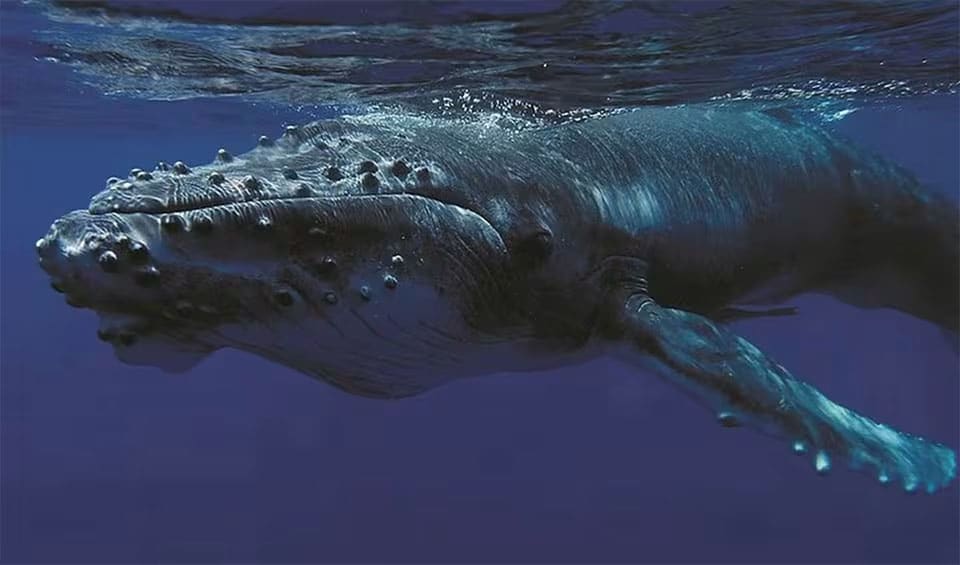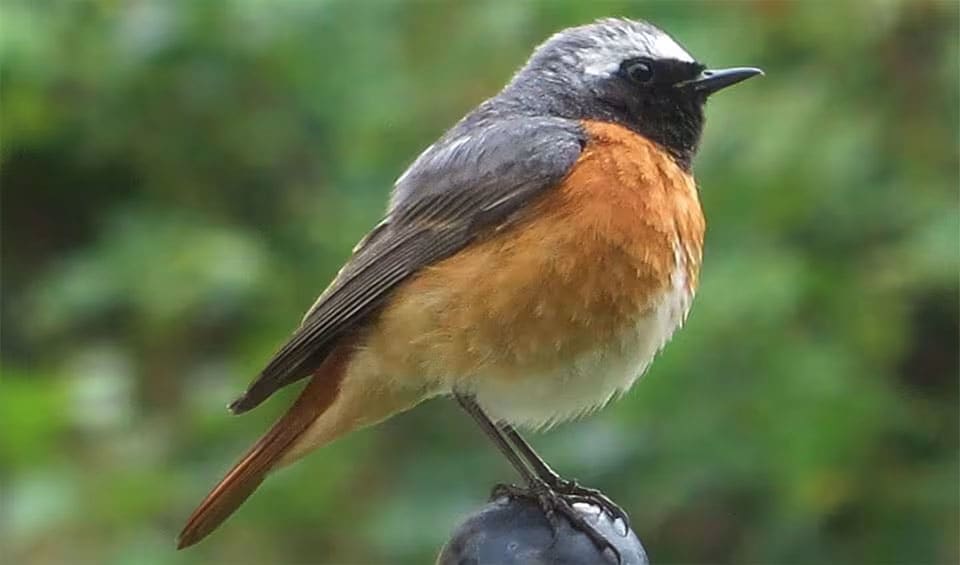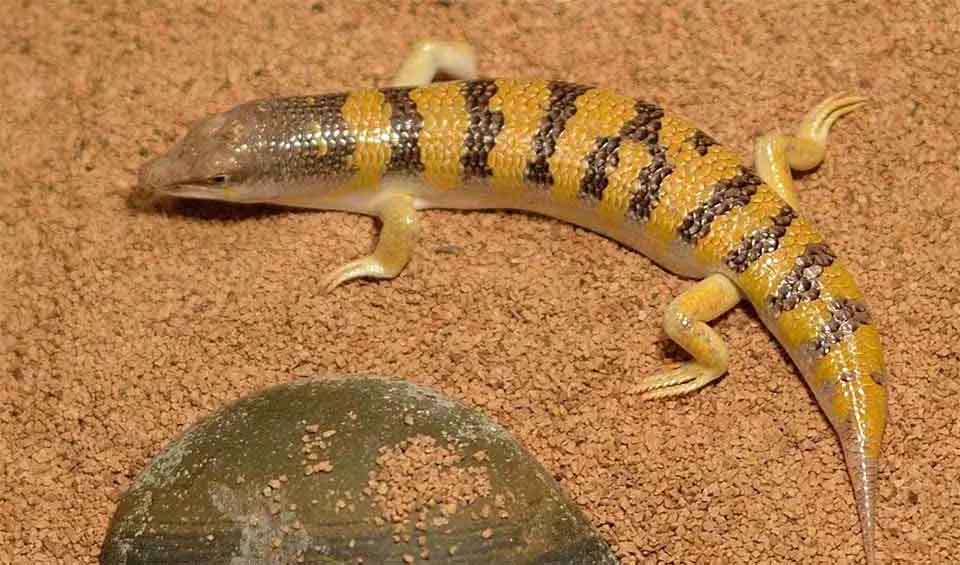Bahrain is an island nation situated in the Persian Gulf, comprising an archipelago of Bahrain Island and about 30 smaller islands off the north shore of Asia’s Arabian Peninsula. Its capital and largest city, Manama, is located on the northeastern tip of Bahrain Island. Covering a total land area of approximately 786.5 km² (303.67 mi²), Bahrain is one of the smallest countries in the world. The country experiences a desert climate with mild winters and very hot summers, where average high temperatures in the summer months can reach up to 40°C (104 °F), accompanied by high humidity levels, especially along the coast. Rainfall is scarce, mostly occurring from December to April.
Bahrain’s topography is relatively flat, dominated by desert plains. The central part of Bahrain’s main island features a low-elevation escarpment, with Jabal ad Dukhan, the highest point in the country, rising to 134 meters (443 feet) above sea level. The northern part of Bahrain is the most fertile, supported by natural springs and artesian wells that enable agriculture. Bahrain’s strategic location in the Persian Gulf has historically made it an important trade hub. Today, it is renowned for its vibrant culture, economic prosperity, and status as a financial center in the Middle East.
Four pillars elaborated:
Bahrain has several protected areas dedicated to the conservation of its diverse wildlife. The Hawar Islands, located southeast of Ras El Bar, are a protected area covering 51.4 km² (32 mi²) and famous for their diverse marine life and coral reefs. Jubli Bay, covering 13.5 km² (8.39 mi²), is another significant protected area known for its migratory birds and critical habitat for various fish species. Established in 1976, Al Areen Wildlife Park and Reserve spans 1.2 km² (0.75 mi²) and is dedicated to conserving Bahrain’s native wildlife, including Arabian oryx, gazelles, and ostriches. Land Management
Land Management
Bahrain’s biodiversity faces multiple threats, including climate change, rising sea levels, and water scarcity. These threats are causing immense pressures on the country’s wildlife and ecosystems. The marine environment of Bahrain, with its oyster bed habitats that produce internationally renowned pearls, is particularly vulnerable to the effects of climate change and ocean acidification. Rising sea levels and global temperatures pose significant risks to Bahrain’s coastal areas and marine life, leading to the loss of critical habitats such as coral reefs and seagrass beds. Water scarcity is a growing concern in Bahrain, with rapid urban expansion and increasing population demand leading to the depletion of aquifers and soil salinization. The agricultural sector’s traditional irrigation systems further exacerbate the strain on water resources. Threats to Biodiversity
Threats to Biodiversity
The Bahraini government has instituted diverse conservation measures aimed at preserving the nation’s biodiversity, including the formulation of a National Biodiversity Strategy and Action Plan. This comprehensive strategy targets the enhancement of livelihoods, safeguarding of ecosystems, and assurance of food security in a country marked by limited arable land. Emphasizing the restoration of marine resources and fish stocks to sustainable levels and shielding agricultural lands from encroaching urbanization, the plan addresses pressing concerns in Bahrain’s fast-evolving landscape. Capacity and Governance
Capacity and Governance
A notable accomplishment in Bahrain’s conservation endeavors is the establishment of a Clearing House Mechanism for biodiversity, mandated by the Convention on Biological Diversity, making Bahrain the pioneer in the region. Through this initiative, the country has identified 20 previously undiscovered species within its borders, underscoring the significance of conservation efforts. In addition, Bahrain has synchronized its National Biodiversity Strategy and Action Plan with the Sustainable Development Goals (SDGs) and pertinent biodiversity conventions like Ramsar and the Convention on International Trade in Endangered Species of Wild Fauna and Flora. This alignment ensures that Bahrain’s conservation endeavors contribute to global development objectives while promoting sustainable progress.
Formulated in 2016, Bahrain’s National Biodiversity Strategy and Action Plan (NBSAP) delineates the nation’s aspirations for biodiversity preservation and sustainable practices. Its primary goal is to bolster the resilience of Bahrain’s four key ecosystems: marine and coastal, terrestrial, inland water, and agricultural. The NBSAP centers on five strategic objectives: integrating biodiversity into national and sectoral plans and policies; enhancing biodiversity status; maximizing the advantages of biodiversity and ecosystem services; fostering education and awareness; and fortifying institutional and human capabilities. Future Trends
Future Trends
Biodiversity
Bahrain, an archipelago in the Persian Gulf, boasts diverse ecosystems that contribute to its rich biodiversity. The country’s marine environment is particularly significant, with its warm, shallow waters supporting extensive coral reefs, seagrass beds, and mangrove forests. These habitats are home to various marine life, including fish, crustaceans, and mollusks. Notable marine species include the dugong, the green sea turtle, and the critically endangered hawksbill turtle. Bahrain’s waters are also a vital habitat for pearl oysters, reflecting the country’s historical association with pearl diving.The terrestrial biodiversity of Bahrain is equally notable, albeit within the constraints of its arid climate. The country’s desert landscapes and coastal areas support a range of flora and fauna adapted to harsh conditions. Native plant species include various shrubs and grasses, providing essential cover and food for local wildlife. Key terrestrial species include the Arabian oryx, reintroduced into the wild, and the Arabian gazelle. Birdlife is abundant, with Bahrain serving as a critical stopover for migratory birds, making it an essential area for birdwatching. Flamingos, ospreys, and various waders can be observed in Bahrain’s coastal and wetland areas.
In the table below are the number of known species in several main groups, how many of these species are Threatened with extinction, and how many of them are Endemic (unique to Bahrain only):
| Species (World rank) |
Threatened | % Threatened | Endemic | % Endemic | |
|---|---|---|---|---|---|
| Mammals | 25 (#192) | 3 | 12.0% | ||
| Birds | 220 (#164) | 8 | 3.6% | ||
| Reptiles | 11 (#176) | 4 | 36.4% | ||
| Amphibians | 1 (#192) | ||||
| Fishes | 509 (#115) | 35 | 6.9% | ||
| Plants | 277 (#203) |
mammals
Humpback whale
Whaling reduced the population by more than 95% before the moratorium on commercial whaling in 1985
Cape hare
Has large eyes that could cover a field of 360o to survey their surroundings before they take a nap
Etruscan shrew
Meet the world’s smallest mammal but a fierce predator
birds
Eurasian eagle-owl
These owls have specialized feathers that make their flight nearly silent
Saker falcon
Their keen vision enables them to scan vast landscapes, identifying small movements or potential prey items even from high altitudes
Common redstart
They consistently display a restless demeanor and exhibit a distinctive, tail-trembling behavior
reptiles
Yellow-bellied sea snake
The most widespread species of snakes on earth are found throughout the Indian and Pacific Oceans and from Africa to Central America
Sandfish skink
This skink dives and ‘swims’ under the sand
Hawksbill sea turtle
Its slender frame and narrow head bear a beak curved like a hawk’s, earning this marine marvel its name
National Animals
Arabian oryx
A desert icon, stands tall, thriving in the sand – truly born to be wild in their extreme habitat














